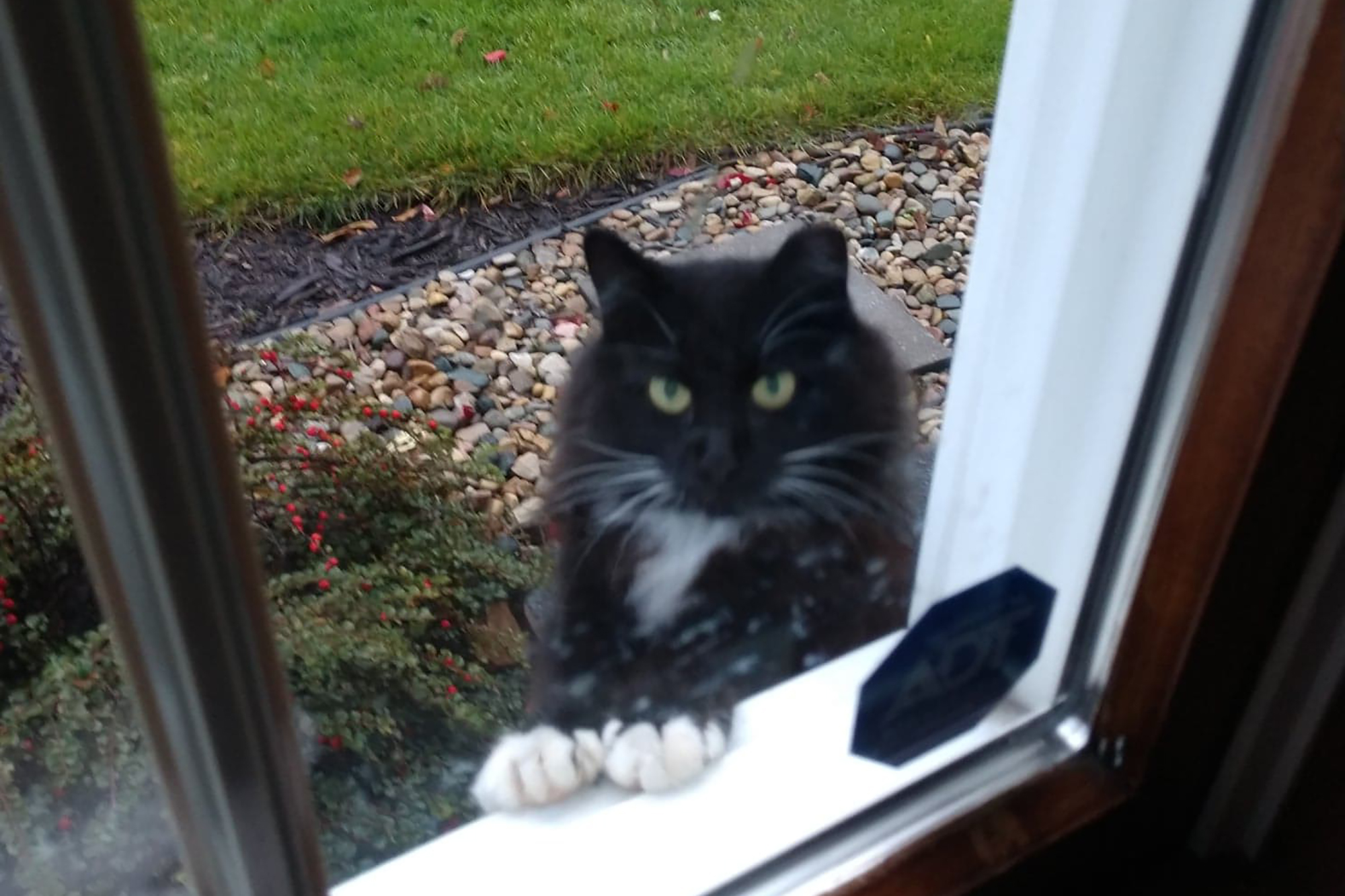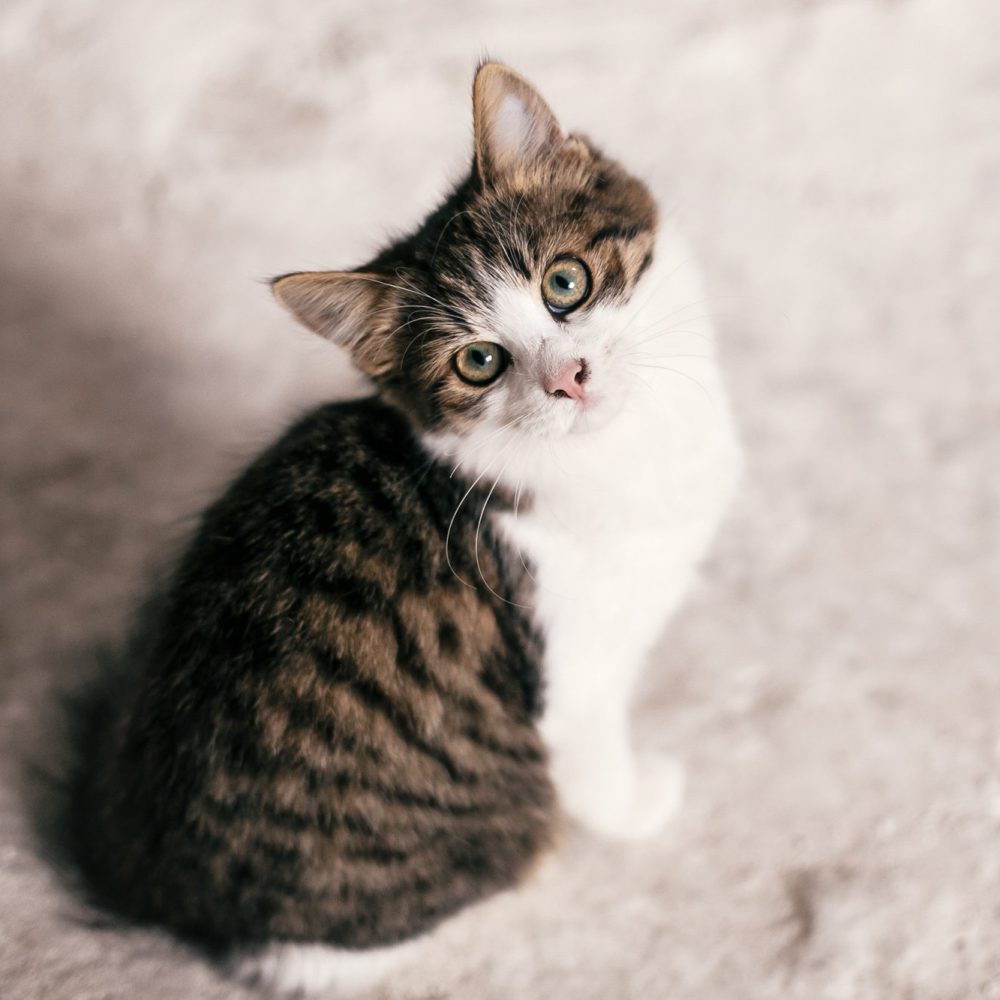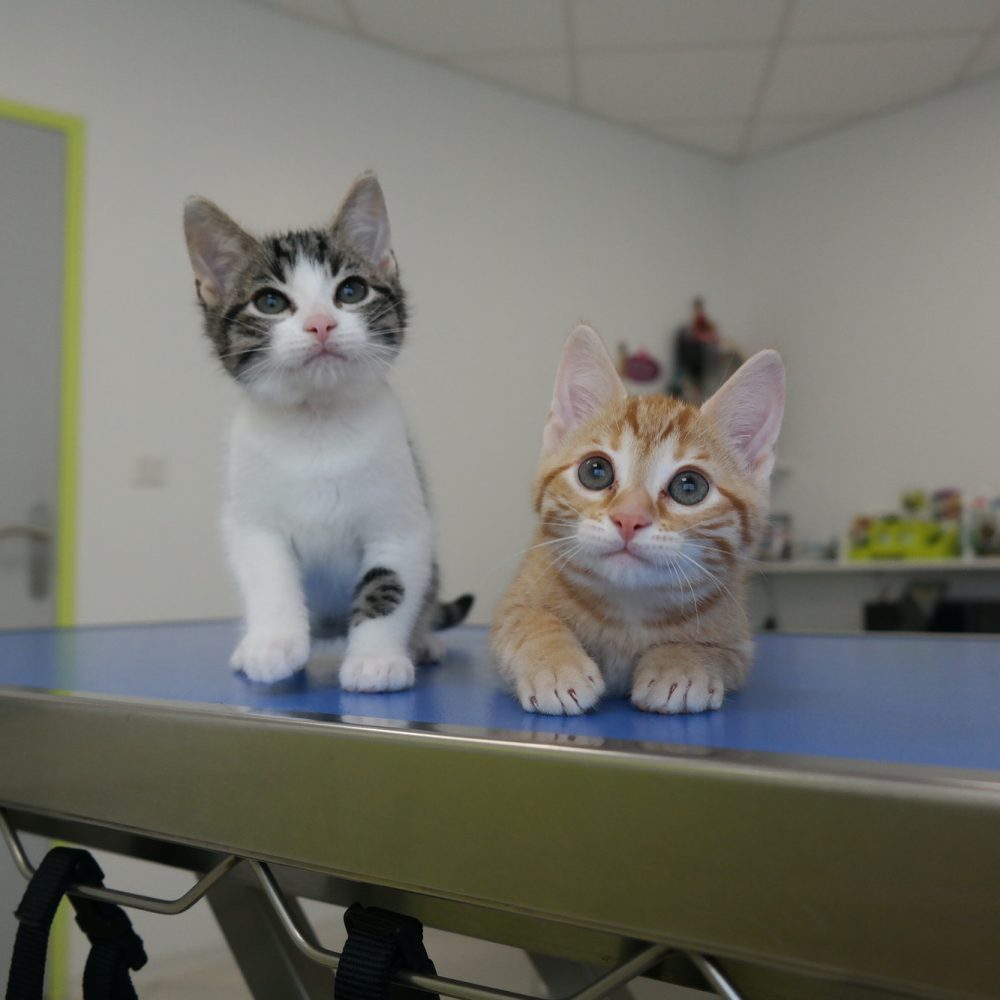
Email Address
elkhartferalcats@hotmail.com
Phone Number
(574) 214-7125
Our Location
Elkhart, IN 46514

elkhartferalcats@hotmail.com
(574) 214-7125
Elkhart, IN 46514



Strong passions emerge from both sides of the issues concerning free-roaming cats. Myths, misunderstandings and controversies can obstruct progress and interfere with the humane care of these cats. Learn what is true, what we don’t really know and discover some new perspectives on some old theories.
Are free-roaming and feral-behaving cats suffering?
Consider this: Think of an animal that finds shelter, finds food, avoids people, avoids or fights off predators and is more likely to die from natural causes than by euthanasia at a veterinarian.
Did you think of a free-roaming cat? Or did you think of a squirrel, raccoon, bald eagle or white-tailed deer? If living under these circumstances is inhumane, then one could argue that all wildlife is suffering. Simply because free-roaming cats have tame ancestors, does not mean they do not deserve to live or that their quality of life should be held to a higher standard.
The double standard
Many people and organizations set a different standard for free-roaming cats than for other animals. They argue that any cat is better off dead than living a natural outdoor lifestyle. For example, they contend that a car may hit a free-roaming cat during its lifetime, therefore, a more humane approach is to trap and kill the cat before that happens. If we expand that logic, we would need to kill every bird, mammal, fish, and insect – basically all life forms, to spare them the suffering of a natural lifestyle. Why kill an animal living a natural lifestyle simply because it isn’t living a lifestyle with people?
Good physical health
We assess every cat for whether we believe it can humanely live a feral-lifestyle. The vast majority are in good physical health.
Is human companionship essential to quality of life?
Some people and organizations argue that any free-roaming cat without a human home should be euthanized, regardless of health. We emphatically disagree. Simply because a cat came from a tame ancestor is no evidence that human companionship is necessary for a humane quality of life. Lack of human contact or living without access to the inside of a human home is not justification for euthanasia.
Emotional health of pet cats
A major cause of pet cats being surrendered to shelters is behavior problems, especially, urinating outside the litter box. According to veterinary behaviorists, inappropriate urination in cats is almost exclusively stress-related in cats without urinary tract diseases. Conclusion: many pet cats are significantly stressed living their housecat lifestyle
Can’t choose your relatives or place of birth
Some people still believe that a feral-behaving cat should be held to different standards because it is related to a tame cat. They state that because the cat’s ancestors were tame, the cat should not live a natural lifestyle. And some say, because the domestic cat is non-native to North America, free-roaming cats should be eliminated. We disagree. Following that logic, many other species would also need to leave. History has shown that even before man and technology, species migrated around the world.
Do free-roaming cats decimate wildlife and bird populations?
Like so many issues, there are many studies with many conclusions. The inarguable reality is that people, not cats, have most significantly damaged the environment, habitats and ecosystems and have done far more to endanger and eliminate bird species and wildlife. Even at its worst imagined, the effect of cats on wildlife and bird populations is minute compared to the effect of people. To view the Top 100 most destructive species, go to Defenders of Wildlife at www.defenders.org.
What is the population potential for one female cat?
The much-repeated quote that one female cat can produce 420,000 kittens in just 7 years is unbelievable and baseless. No science supports this projection, only hunches. Science disproves this projection by factoring in true birth rates along with newborn and juvenile mortality.
According to wildlife biologists, the reproductive and offspring mortality rates of free-roaming cats are similar to wild carnivores. One female cat averages six kittens per year and 75% of her kittens die before reproductive age. When using these criteria, math experts calculate that one female cat and her offspring will produce 100 cats in seven years, assuming that all adult cats remain alive for all seven years. Although still an overestimate, this figure is far less daunting and realistic.
Once feral, always feral
Some sources claim that feral-behaving cats are permanently different from other domestic cats. We observed the opposite. If fed regularly, most free-roaming cats learn to recognize their caretakers. It is not unusual for free-roaming cats to recognize the sound of the car that arrives to bring them food. Over time, many feral-behaving cats relax enough to rub their human’s legs and be touched; some cats eventually become adoptable and live as housecats.
Do feral cats live short lives?
The lifespan of a feral cat is often stated as only 2-3 years. Not in our experience. Many caretakers know of free-roaming cats that reach 12 to 15 years of age. Long-term studies are underway to determine longevity. Preliminary data reveal that tom cats live the shortest, but neutering them increases their lifespan to that of a spayed female cat. Not all colony cats live to a ripe old age, but many live far longer than the urban myth projects.
Are free-roaming cats reservoirs of diseases transmissible to pet cats?
A large-scale study published by the American Veterinary Medical Association proves otherwise. Rates of common, infectious diseases were similar in pet cats and free-roaming cats. In some cases, pet cats had higher disease rates than free-roaming cats. Because Mother Nature selects the healthiest animals, it is perfectly logical that free-roaming cats are very healthy.
Feral cats are vicious and mean
From a feral-behaving cat’s point of view, they are the potential prey and people are predators. A healthy free-roaming cat will not stalk and attack a person. In fact, quite the opposite is true. Cats remain quiet and hide from view when unfamiliar people approach. When feral-behaving cats are caged at the clinic, they still try to hide. They don’t leap at people, growl, strike or hiss; they keep a low profile. However, if provoked or given a chance to escape, a free-roaming cat puts all its energy into defense. The cat understandably risks everything, biting and scratching to get away, as any animal would who is frightened. They are not vicious and mean, but will fight for their lives, if threatened.
What is the answer?
Caring people feed free-roaming cats. Laws cannot legislate human compassion. People will not suddenly stop feeding cats. Nor will they take them for free euthanasia. What is the interest-based solution that will actually be adopted? Trap-Neuter-Return is one humane piece of the solution. Allow people to feed but make spay/neuter accessible.
To view the Top 100 most destructive species, go to Defenders of Wildlife at www.defenders.org.
ECFCC cares about the over-all physical needs of the animals we serve. As important as spaying and neutering is, we reach beyond that to encompass all of their basic needs in order to ensure a good quality of life.

Privacy Policy | Terms & Conditions © Copyright. All rights reserved.